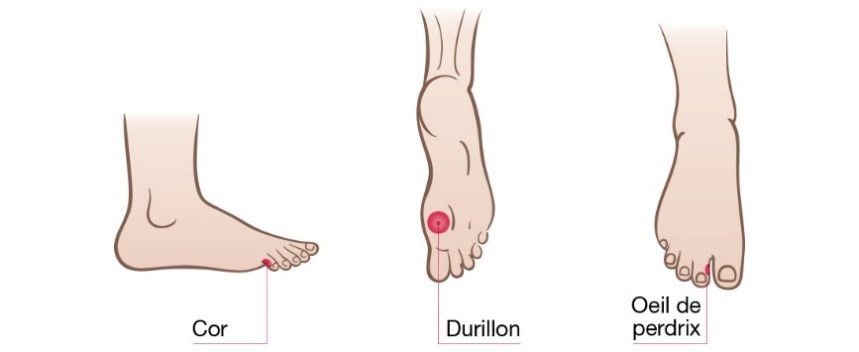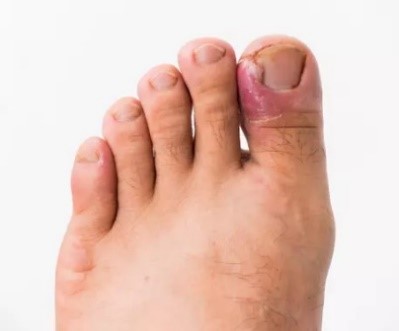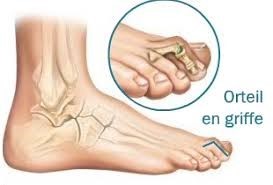Foot health
Taking care of your feet is an essential daily task. Foot problems can have repercussions on the knees, hips, back and even the neck.
When should I seek help?
You should consult a chiropodist as soon as you have pain in your foot, knee or hip when walking or going down the stairs, for example, or when you have difficulty getting up after sitting for too long, or when you lie on your side and it is difficult to stay in that position because of the pain. These are things that can be solved with an insole.
When you have back problems, it can be lumbago, “the bars” that you can have in the lower back, which are painful when you are standing for a long time; neck pain; stiffness in the neck. The inserts can also solve the problem of Arnold’s neuralgia (shooting pain in the head).
It is also possible to consult another specialist or doctor following the diagnosis, who can prescribe pedicure or podiatry equipment.
How can foot problems be prevented?
Some problems can be prevented by simple actions:
– Have good foot hygiene, which should be washed and wiped well, especially between the toes, to avoid the formation of fungus or mycosis
– Have well-cut nails
– Wear socks made of Scottish thread rather than synthetic which causes a lot of perspiration.
– Have good leather shoes, not synthetic ones.
– Massage your feet with cream to promote circulation
– Keep moving: the more active you are the less pain you develop
Foot creams can be a good alternative for taking care of your feet (massaging your feet with a greasy cream is beneficial because it increases circulation).
Most importantly, the more people walk, the less likely they are to have problems with osteoarthritis. The more they move, the less pain they will have.
What care for diabetics?
Diabetics lose sensitivity, especially in the feet, and therefore sometimes develop infected or ulcerated corns. For a diabetic, the smallest cut can become infected and serious.
It is recommended that they :
– Have their feet checked by a third party at least once a week
– To go for regular treatment to avoid this kind of pathology which can lead to amputation, when the treatment is done too late.
This is why diabetics have the opportunity to be treated regularly by a chiropodist to avoid the risk of infection.
Focus on painful infections
Some common examples of foot problems are :
Corns or calluses

They are due to a global support deficit. The more we press on a spot, the more there will be an epidermal reaction of the foot which will form this hyperkeratosis which will become more and more painful and therefore more and more disabling.
It is the object of care and the wearing of an orthopaedic sole when necessary to avoid a recurrence that is too important.
Ingrown toenails

They are common when a person has nail problems because they can no longer cut their nails. The nails become damaged, fungal, and this leads to an ingrown toenail.
This situation is common in nursing homes.
A toe claw

This is a toe that has a tendency to bend.
The solution is orthoplasty. This is used to lengthen the toe and prevent rubbing on the first phalanx.
How do I cut my toenails properly?
To avoid ingrown toenails, cut them according to the following steps:
- Sit in a well-lit area after washing when the nails are soft.
- Sitting in a well-lit area after washing, when the nails have softened, preferably using alcohol-safe nail scissors or nail clippers.
- Cut your nails straight (not in a half circle), with their corners forming a 90° angle. Leave them slightly above the edge of the toes (2 to 3 mm).
- Clean the underside of each nail, avoiding any sharp instruments (e.g. scissors).
- Then file each nail so that the edge and the nails are smooth and not sharp.
- If necessary, cut the cuticles around each nail with a cuticle cutter.
Focus on insoles
The majority of pain is dynamic pain, when walking or playing sports. An effective insole can treat muscular or articular pathologies that are linked to these poor dynamics. With each step, the insole acts and as soon as the insole has a good action it will solve all the problems that we can have while walking. In order to make suitable insoles, a paro-podological examination is carried out using a platform that records the footprints. It should be noted that putting insoles creates a problem of space in the shoe. However, in general, if you have good insoles, they can be put in any shoe.
It is therefore important to have good shoes. Men have fewer problems because their shoes are wide, for women it is sometimes more complicated. Here are some tips:
– Choose the shoe the night before because the foot is more swollen
– Change shoe lasts so that you don’t wear the same last every day
– Choose leather shoes so that the foot can breathe